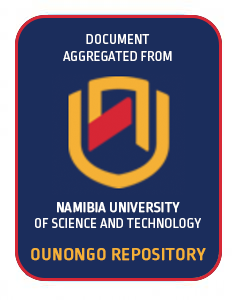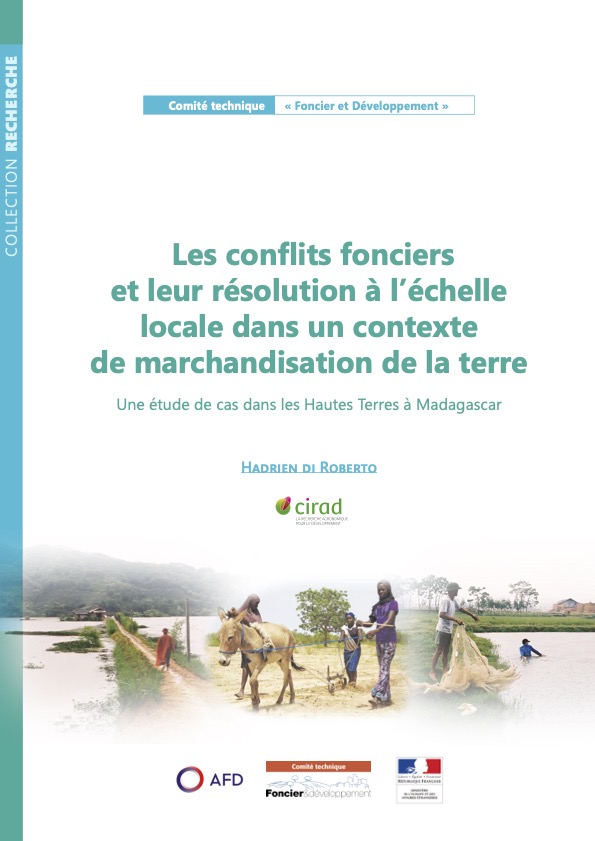The role of universities in participatory informal settlement upgrading: experiences from Kenya, Namibia, Uganda, and Zambia.
This document is a report on the session that focused on the role of universities in participatory informal settlement upgrading at the workshop titled "Bottom-up city Wide planning in Gobabis", which took place on 11-13 May 2017, in Gobabis. The event was convened by the Namibia Housing Action Group (NHAG) and the Shack Dwellers Federation, with support from Shack Dwellers International (SDI).






